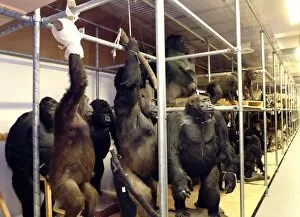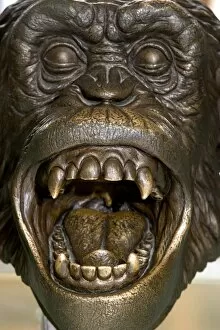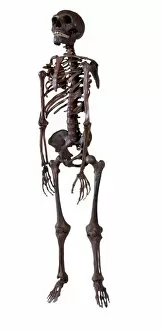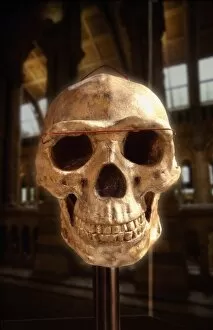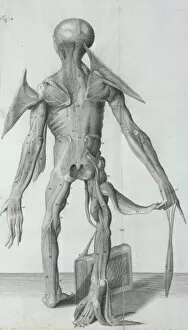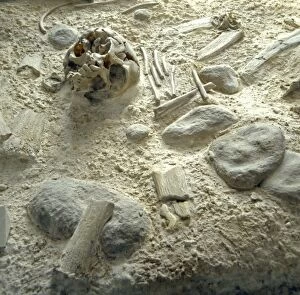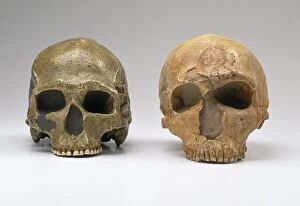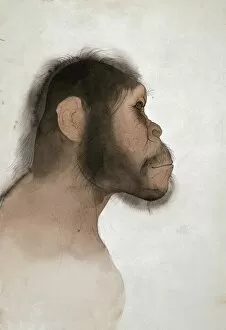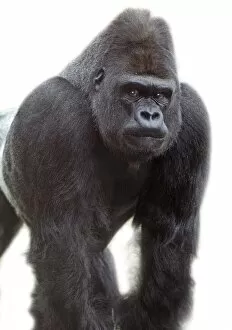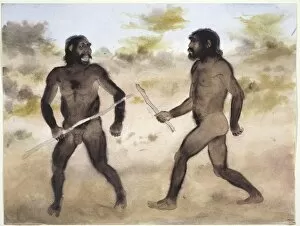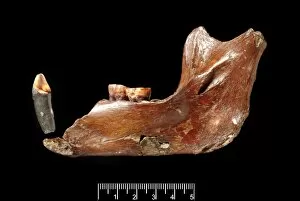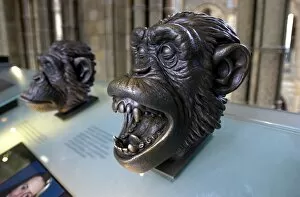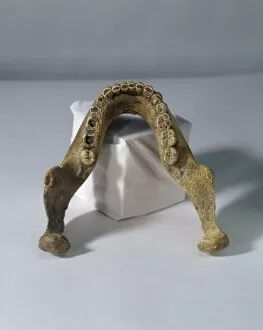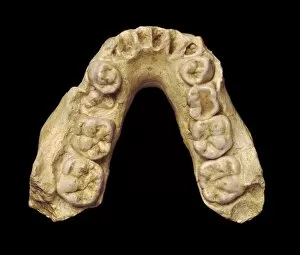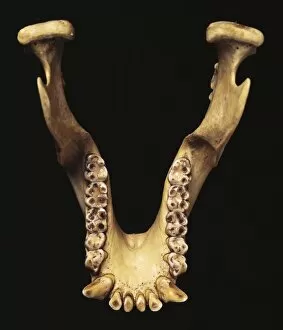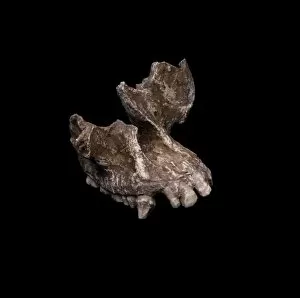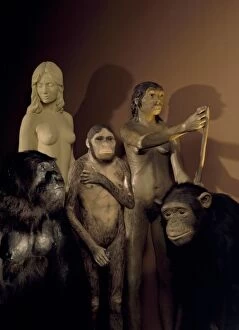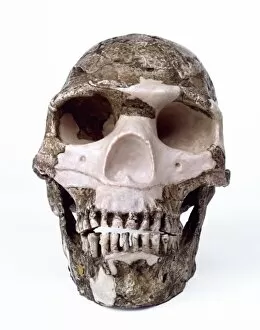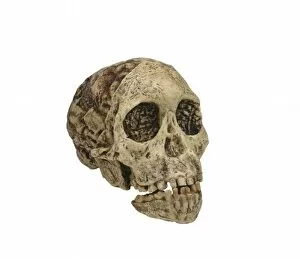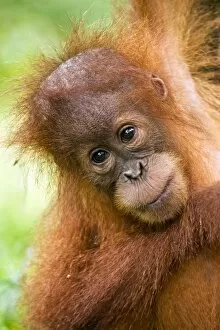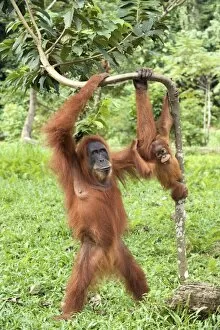Hominidae Collection (#9)
"Hominidae: Unveiling the Evolutionary Journey of Our Ancestral Family" Delving into the intricate world of Hominidae
For sale as Licensed Images
Choose your image, Select your licence and Download the media
"Hominidae: Unveiling the Evolutionary Journey of Our Ancestral Family" Delving into the intricate world of Hominidae, we uncover a fascinating tapestry woven by millions of years of evolution. From sensory homunculus to motor homunculus, this captivating journey takes us through the diverse crania of our hominid ancestors. One iconic figure that emerges from the depths of time is Australopithecus afarensis (AL 288-1), affectionately known as Lucy. With her fossilized remains providing invaluable insights into early human history, Lucy stands as a testament to our shared lineage. As we traverse further along this evolutionary path, we encounter Homo neanderthalensis in action at Swanscombe, UK. This depiction brings forth an image of strength and resilience exhibited by our ancient relatives. The allure continues with glimpses into the lives of other remarkable members within Hominidae. The Bornean Orangutan captivates us with her wise and gentle gaze in Tanjung Puting reserve while Eastern lowland gorilla Chimanuka showcases his impressive climbing skills amidst lush surroundings. Intriguingly, it is not only their physical appearances that capture our attention but also their behaviors. Mountain gorilla silverback Gihishamwotsi displays dominance within his group while Tautavel Man - a subspecies of Homo erectus - offers a glimpse into prehistoric life during Arago times. To truly comprehend the vastness and complexity encompassed by Hominidae, reconstructions in chronological order provide us with an awe-inspiring visual narrative. Witnessing these lifelike representations allows us to connect more deeply with our ancestral roots and appreciate how far we have come as a species. Hominidae serves as a reminder that each member holds its own unique story within the grand tapestry of human evolution.



